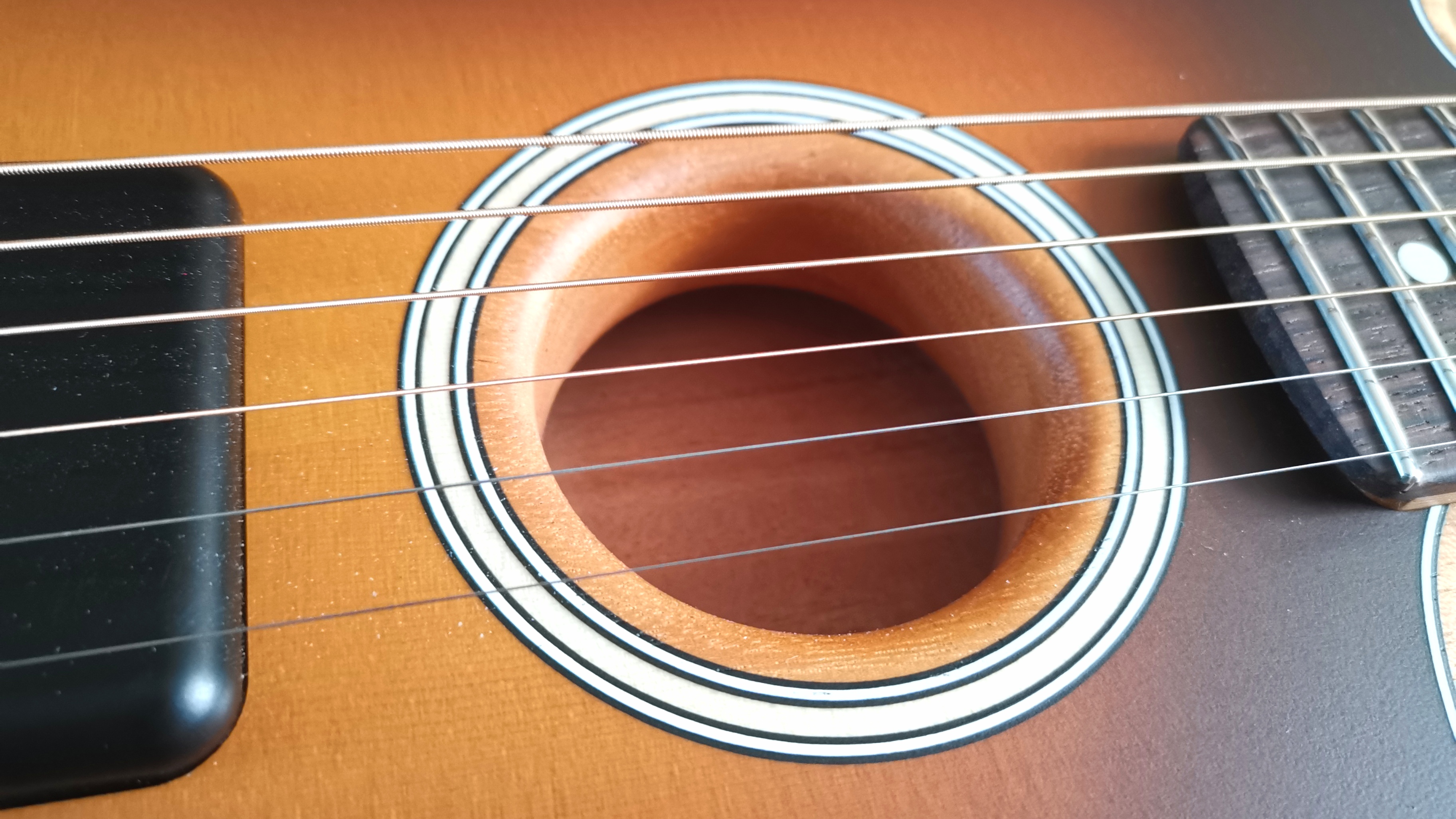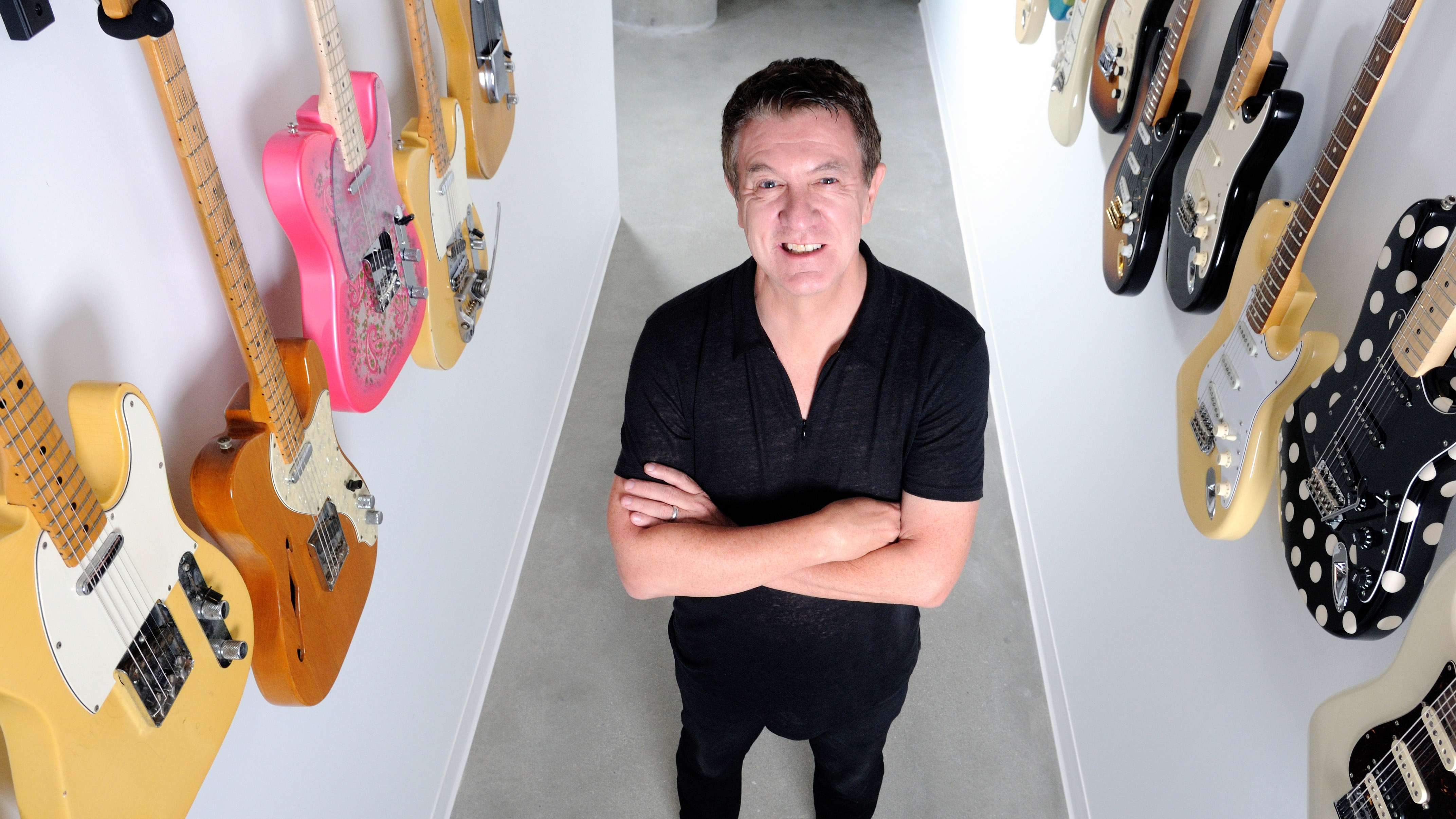
Last year we spoke to Fender CEO Andy Mooney about the company's plans for the Acoustasonic platform, and he suggested a more affordable South East Asian-made version would surface. That hasn't happened yet but in a new interview with Guitar World, Mooney has suggested if it does it won't be under the Squier badge, and there's a lot more planned for the line elsewhere.
"On the acoustic side, we never branded anything that came out of Southeast Asia as Squier," said Mooney, in response to a question about a possible Squier version. "Where we’re heading is, on the US-made product, in some ways I think it almost needs to be simpler. We want to do what we would naturally do, and have an opening price-point version, with even simpler electronics."

For us, getting the stage exposure is fundamental to growing the category
The first part of this makes sense; we just can't image Fender delivering an Acoustastonic model at the price point expected from a Squier guitar. Not when the already Mexican-made streamlined Player models were already around the £1,000 mark. And we have seen Fender Modern Player electric guitar models made in China so perhaps that is a possibility still. But the second part of Mooney's response has us intrigued as to what possible V2 US Acoustastonics could look like.
“But we've also taken a lot of input from artists who are really using it, so you're going to see us create signature products on the Acoustasonic range," the CEO added. "We're starting to see exactly what we thought at the upper end, and people who really appreciate the instrument are starting to produce it on stage. For us, getting the stage exposure is fundamental to growing the category.
“So we're going to explore both ends of the continuum there, but we're very committed to the Acoustasonic platform. And we're also going to look at different body shapes.”

If you're a very accomplished touring artist with a road crew, you can afford to have six or seven guitars every night on stage.
Some of the high-profile we've seen using the hybrid guitars onstage include Finneas O'Connell, Kirk Hammett and Jack White, but the model is yet to have an ambassador using it for the bulk of their live sets from what we can tell. However, Fender is playing a long game with the Acoustasonic; guitarists can be a traditional bunch and these things take time.
Mooney goes on to suggest part of this strategy could involve meeting some players in the middle with Acoustastonics with traditional acoustic shapes. But isn't that just an electro-acoustic?
“When we first even talked about doing Acoustasonic, my viewpoint was, what an artist would use on stage today – which would largely be Taylor or Martin – was a great acoustic guitar, louder," says Mooney. "One voice, louder. "
It seems Fender might want to take that idea and make it more versatile.

“If you're a very accomplished touring artist with a road crew, you can afford to have six or seven guitars every night on stage." reasoned Mooney. "But if you're not, having some flexibility in the electronics was really a benefit – as well as being lightweight, easily playable – and so that was part of the brief.
“That has really struck a chord with people," he added. "They really like the tonal flexibility and the fact that you can use it with effects pedals and get feedback. But the body shapes, as an acoustic guitar, you either love it or you don't. So I think giving people options with a more traditional shape on an Acoustasonic platform is something that we're exploring.”
It's an interesting idea, because we'd argue the challenge of live acoustic sound is one that's never quite been 'solved'; acoustics by their very nature are tricky to amplify in an authentic way onstage. We're interested to see How Fender will evolve the Acoustastonic concept, and hopefully address some of the issues we raised in our recent Fender Player Acoustastonic Jazzmaster review – including changing the US models to a much more practical replaceable battery design.
Check out the full interview with Andy Mooney over on Guitar World.







